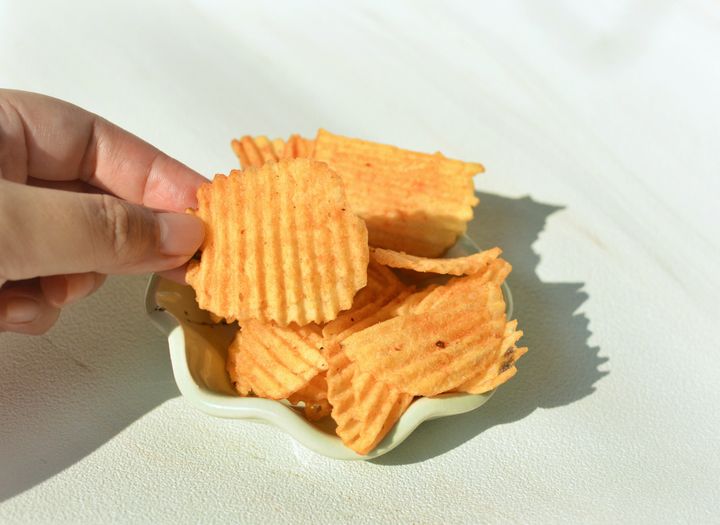
If you find yourself reaching for crisps before ever reaching for chocolate or other sweet treats, you might just have a “salt tooth”. Unlike a sweet tooth, which impacts blood glucose and makes you crave more sweetness, a salt tooth doesn’t tend to have the same cycle of cravings.
However, a salt tooth doesn’t come without downfalls. In fact, the World Health Organisation had hoped to reduce worldwide dietary salt consumption by 30% by 2025 but a report issued this month admits that this plan is wildly off-track as salt consumption is still staggeringly high across the globe.
Sodium is an essential nutrient and in small doses, can be very good for our bodies but too much salt can increase the risk of heart disease, stroke, and high blood pressure. Salt is also present in a lot of foodstuffs for the purposes of preservation as well as taste meaning that a lot of us will be consuming far more salt than we would expect.
“Unhealthy diets are a leading cause of death and disease globally, and excessive sodium intake is one of the main culprits,” WHO director-general Tedros Adhanom Ghebreyesus said in a press release, calling on all countries to take action.
How To Reduce Salt Intake
Of course, you’ll need to give in to your salt tooth cravings now and then but there are ways to cut down the sodium in your diet and still enjoy delicious foods.
The NHS recommends no more than six grams of salt a day for adults (that’s one teaspoon), 2g for children aged 1-3, 3g for children 4-6, 5g for children 7-10 and for babies under the age of 1, less than 1g a day is considered to be safe for them.
The Centers For Disease Control and Prevention have some helpful tips on reducing salt intake:
- Buy fresh, frozen, or canned vegetables with no salt or sauce added.
- Choose packaged foods labelled “low sodium,” “reduced sodium,” or “no salt added” when available.
- When possible, purchase fresh poultry, fish, pork, and lean meat, rather than cured, salted, smoked, and other processed meats. For fresh items, check to see whether saline or salt solution has been added—if so, choose another brand.
- When cooking, use alternatives to replace or reduce the amount of salt you use, such as garlic, citrus juice, salt-free seasonings, or spices.
- Prepare rice, pasta, beans, and meats from their most basic forms (dry and fresh) when possible.
- Eat more fruits and vegetables.
- Limit sauces, mixes, and instant products, including flavoured rice and ready-made pasta.
- Keep takeout and fast food to an occasional treat.